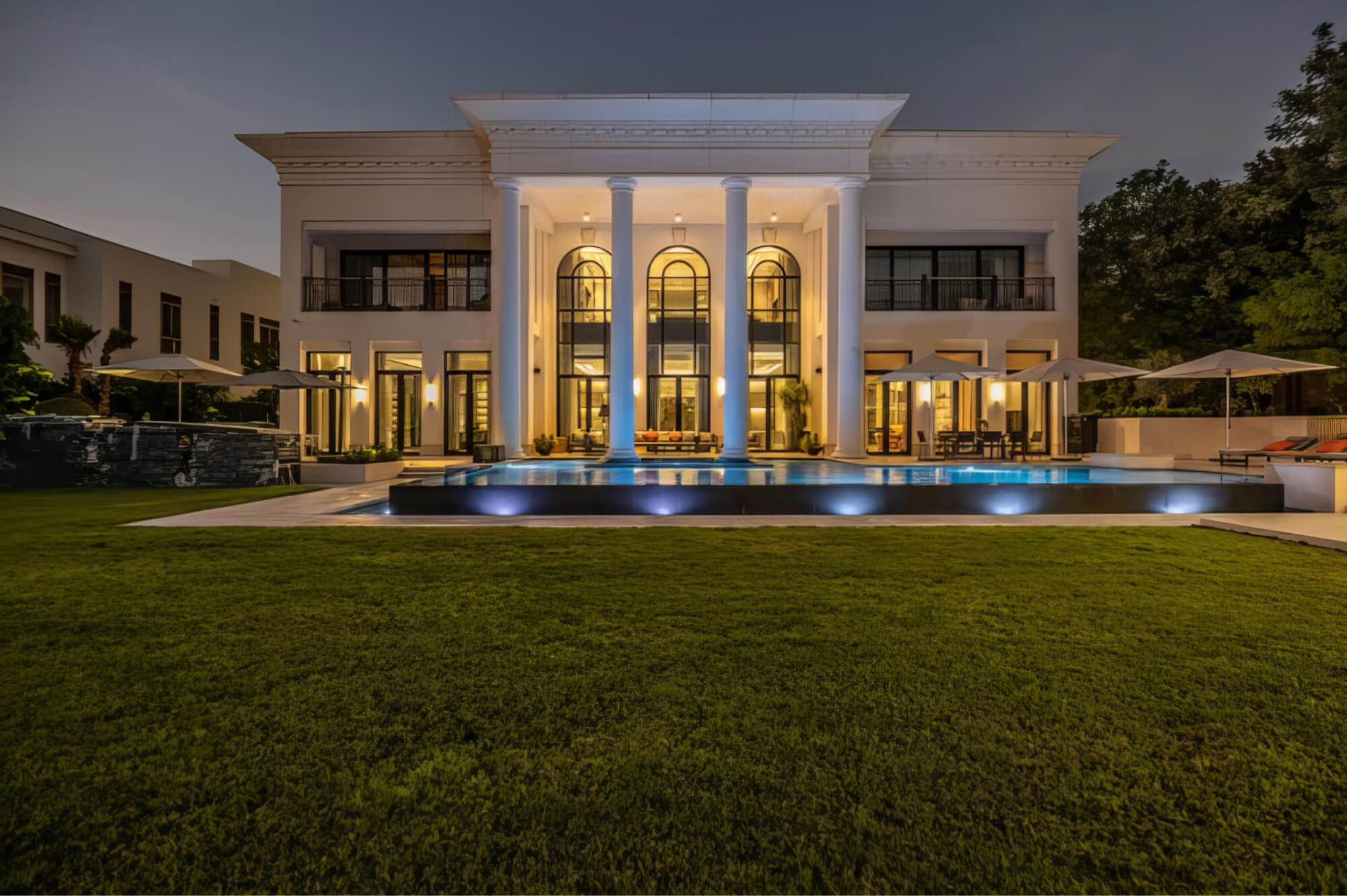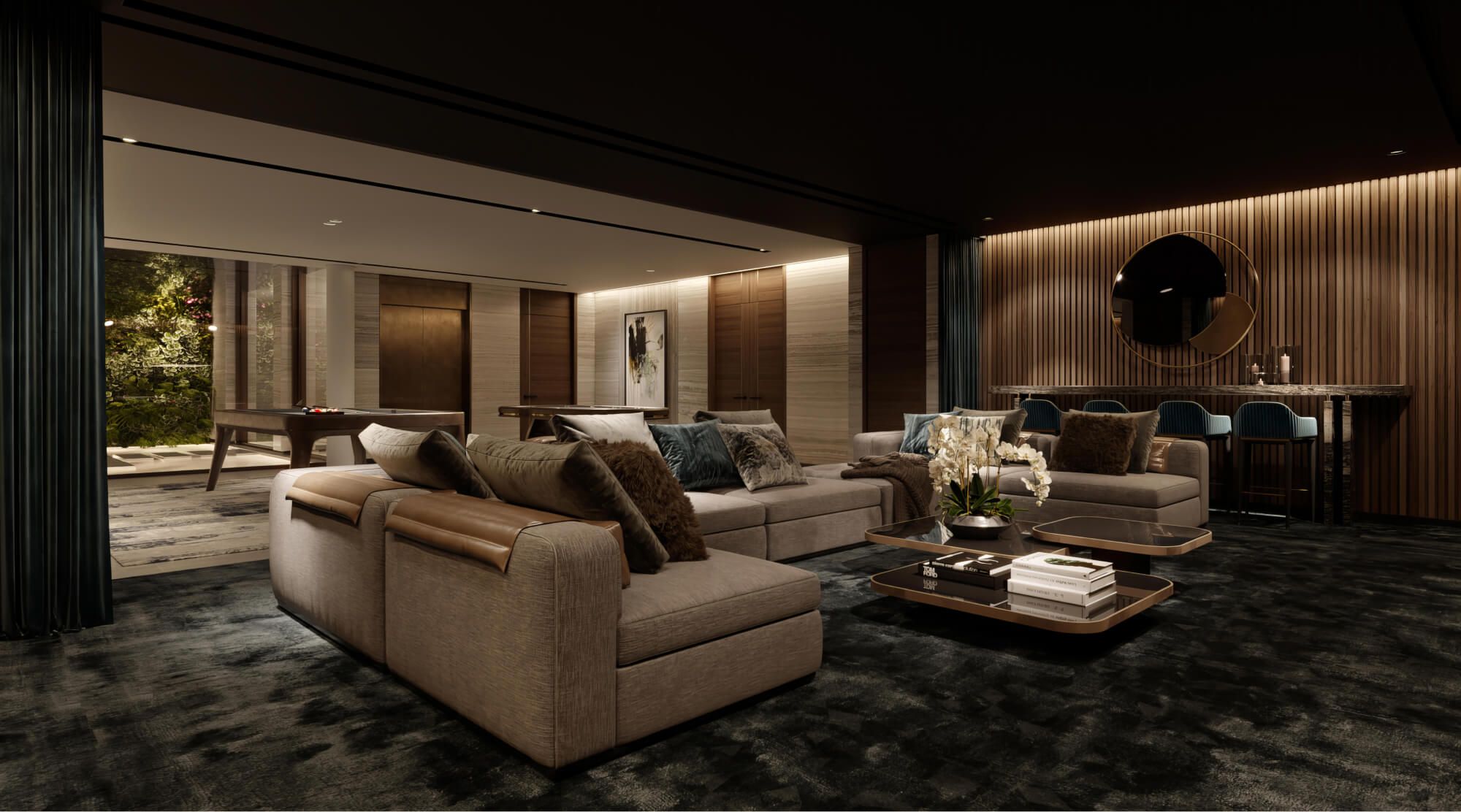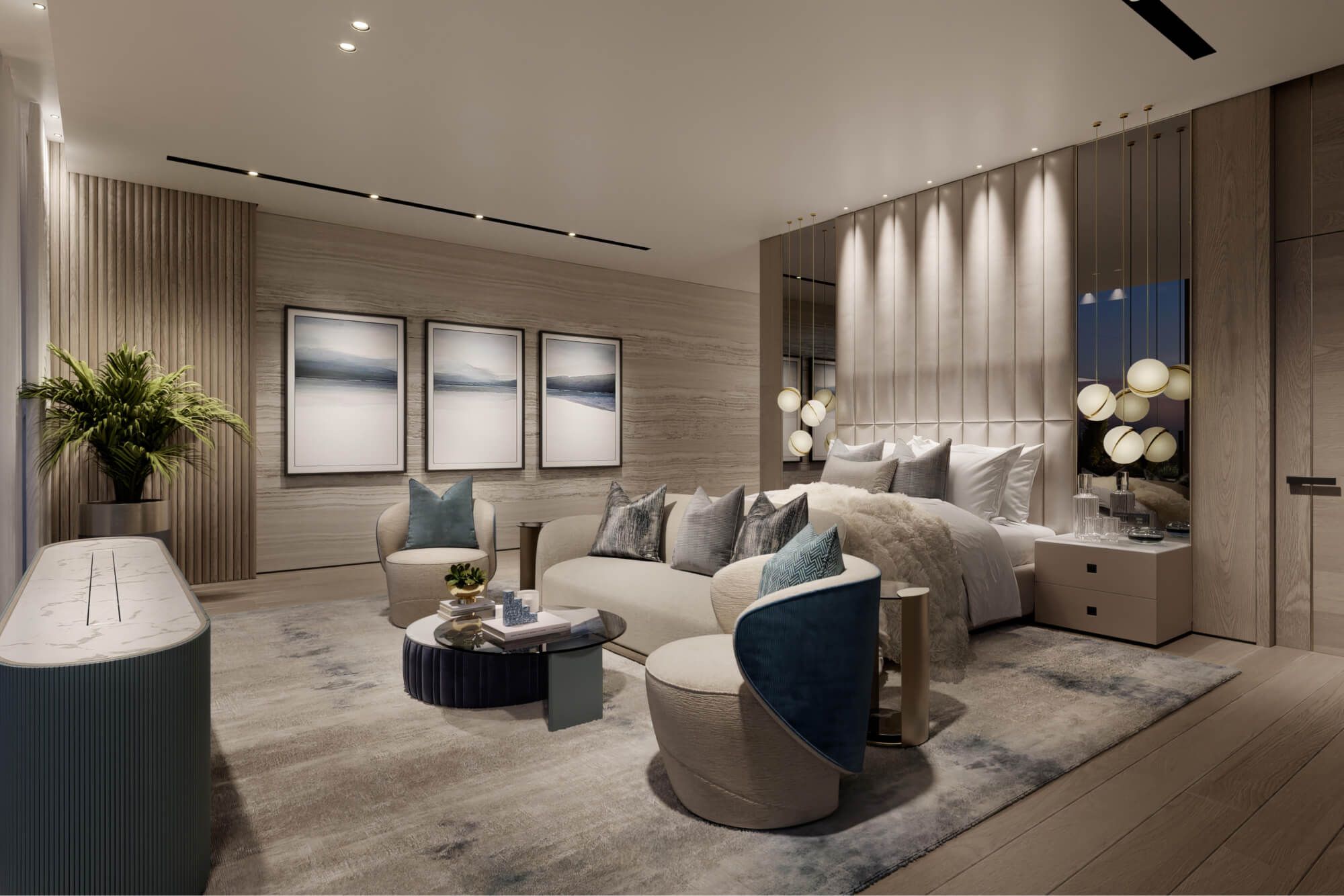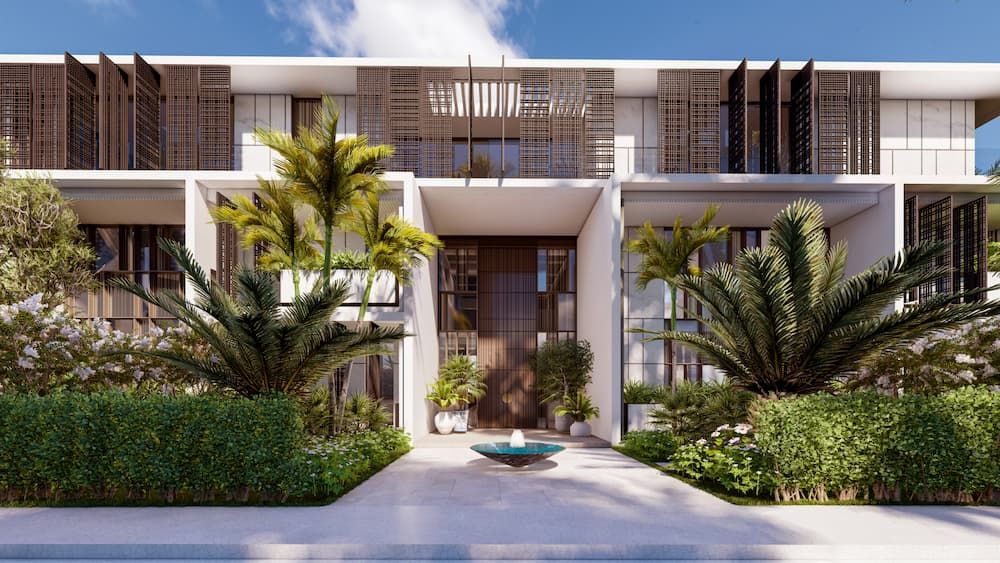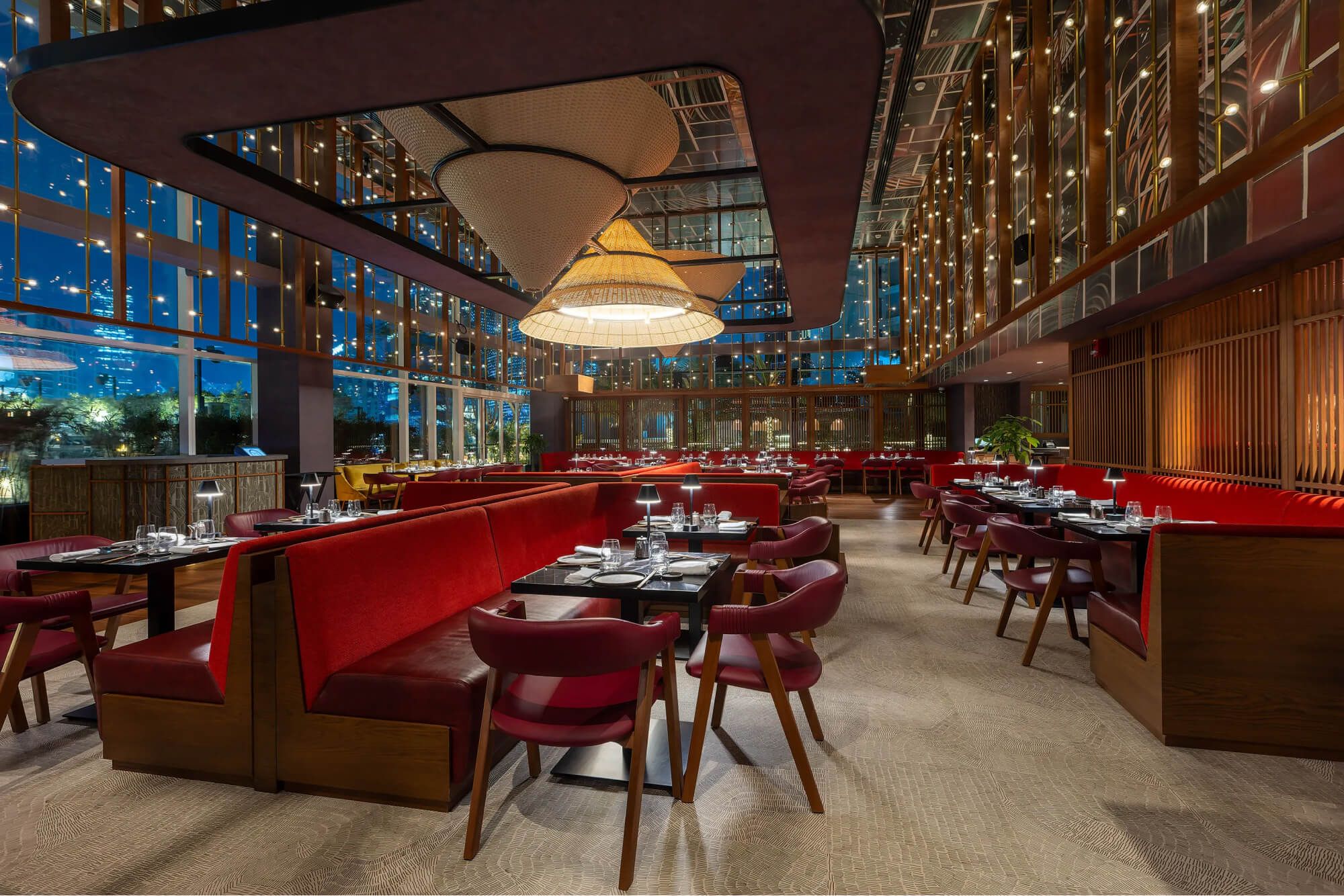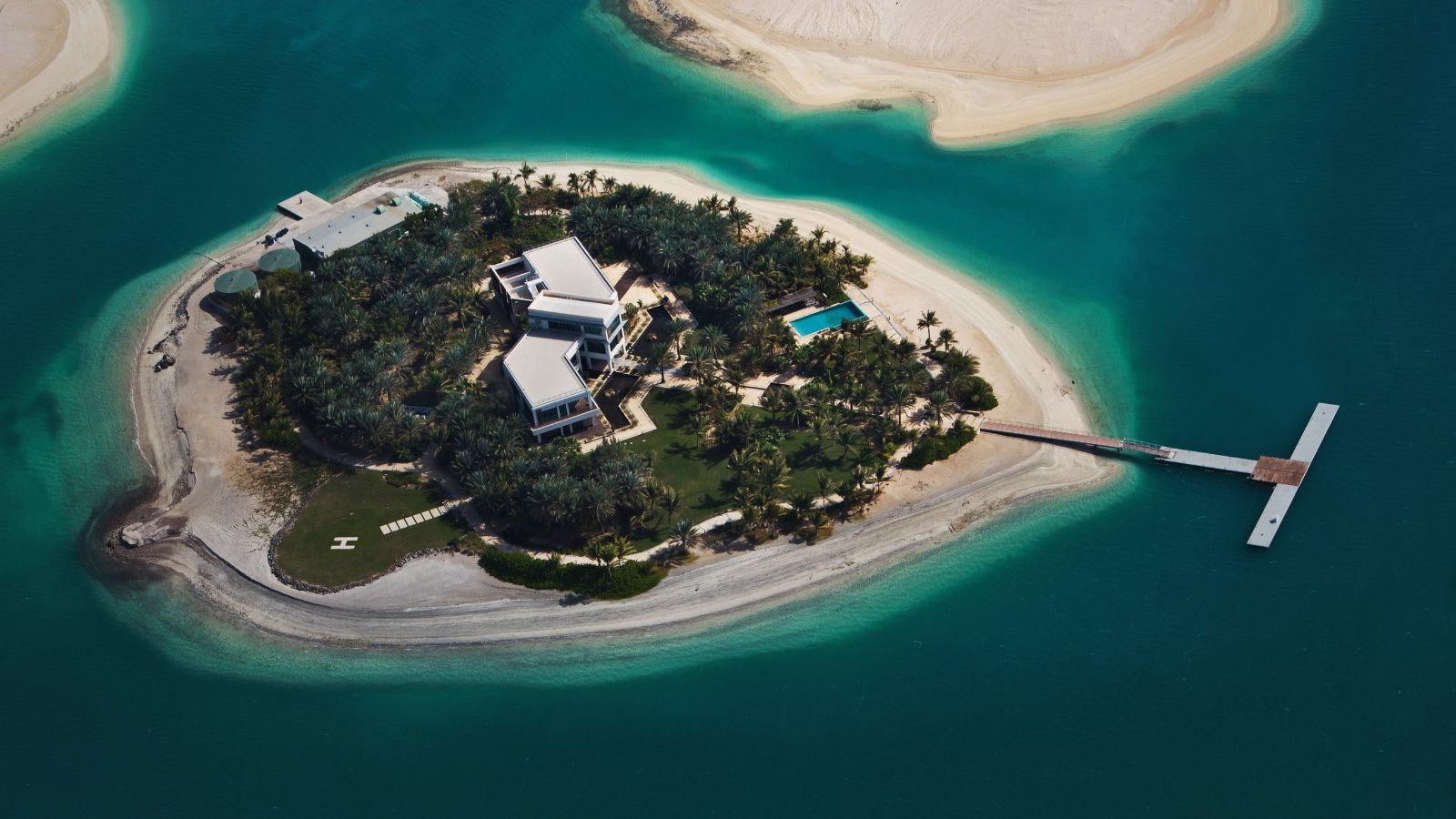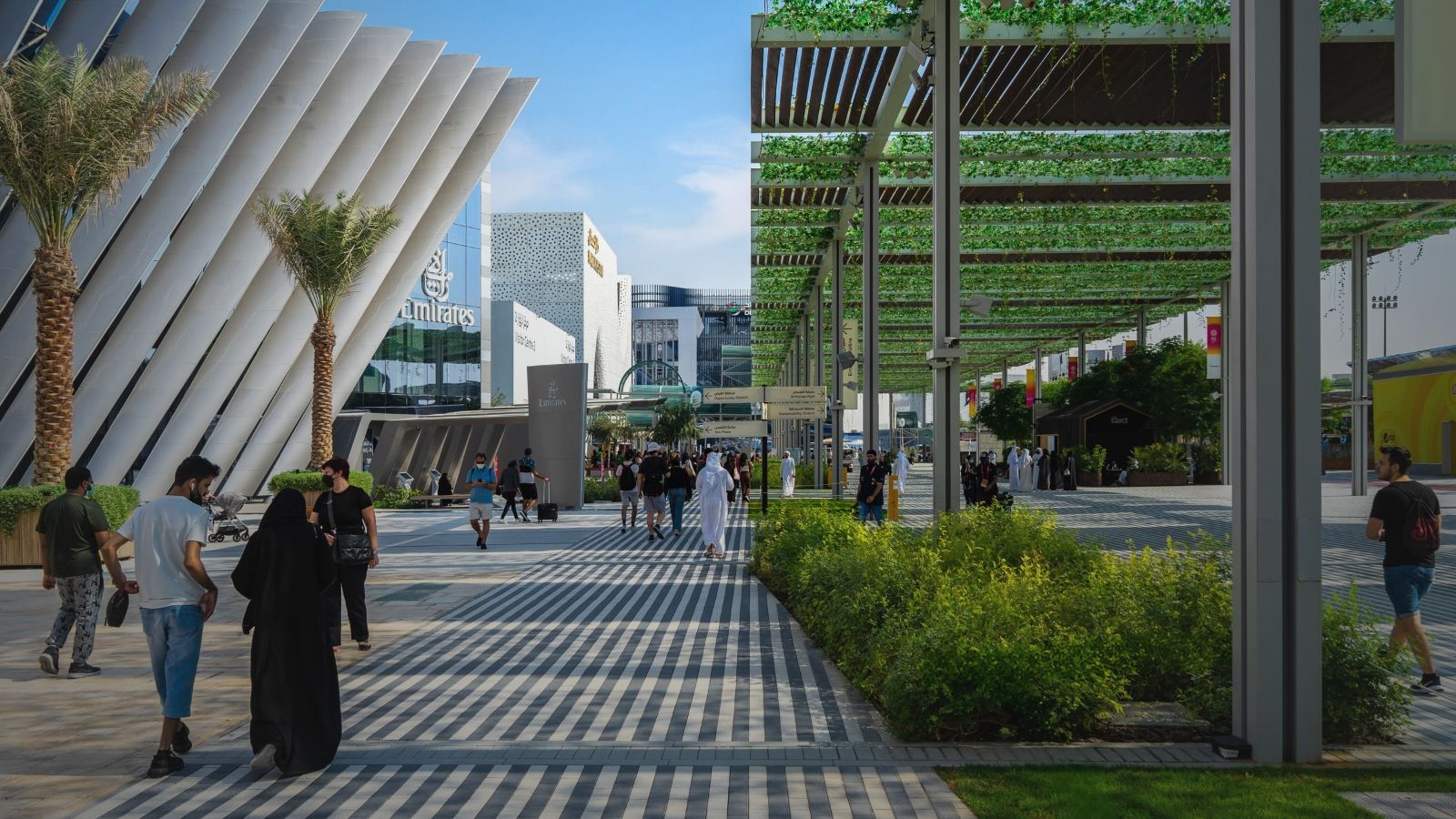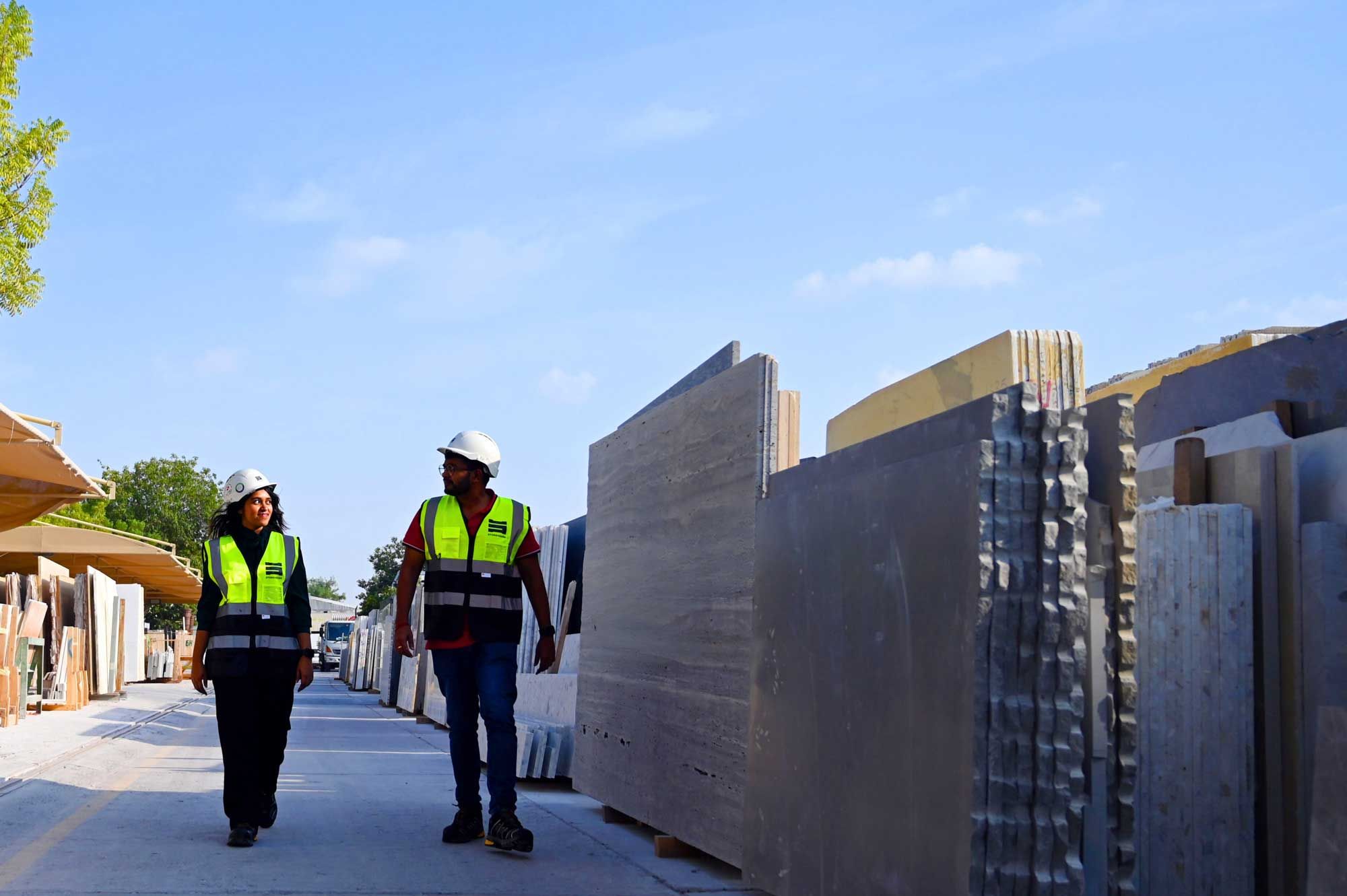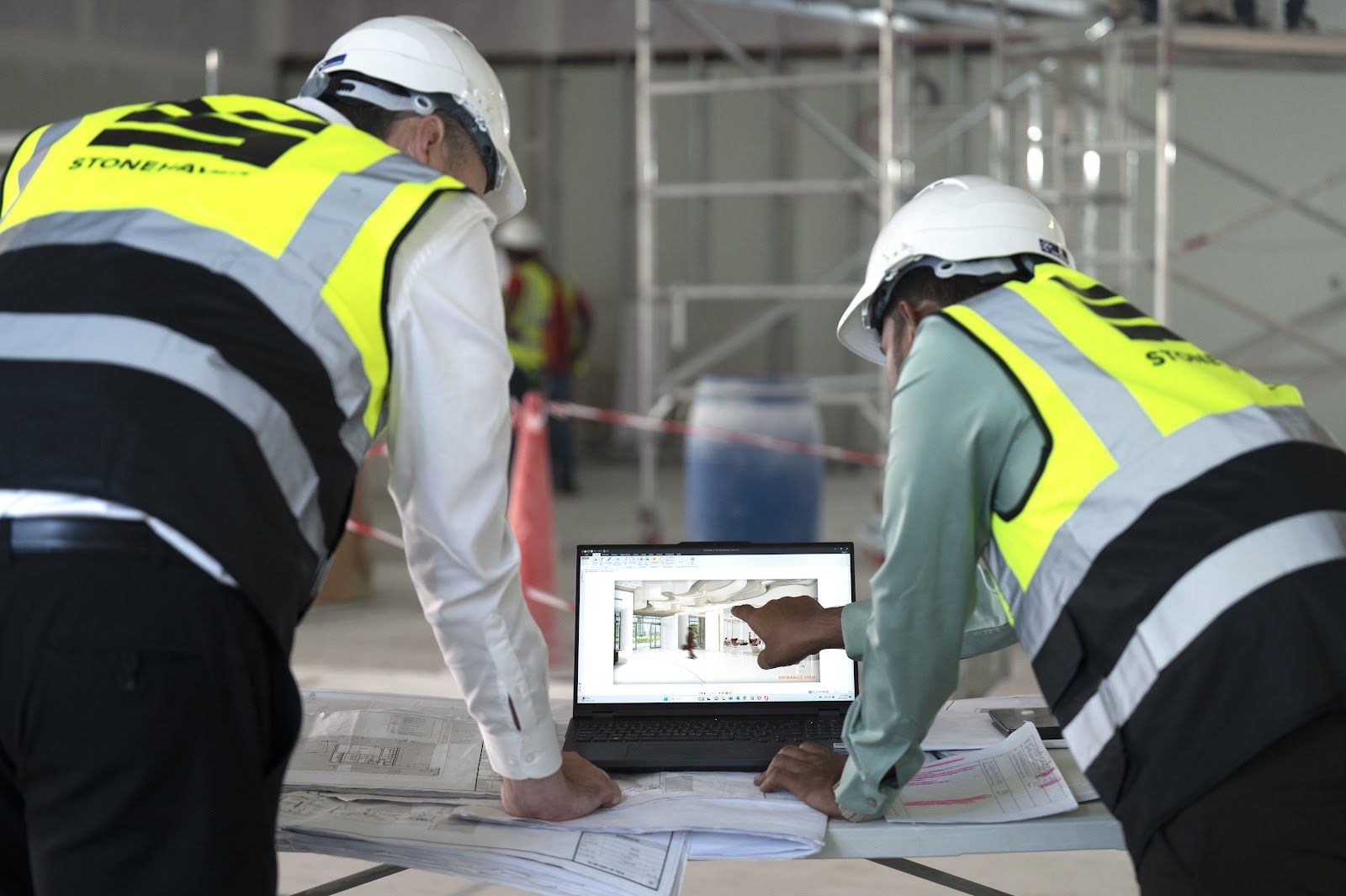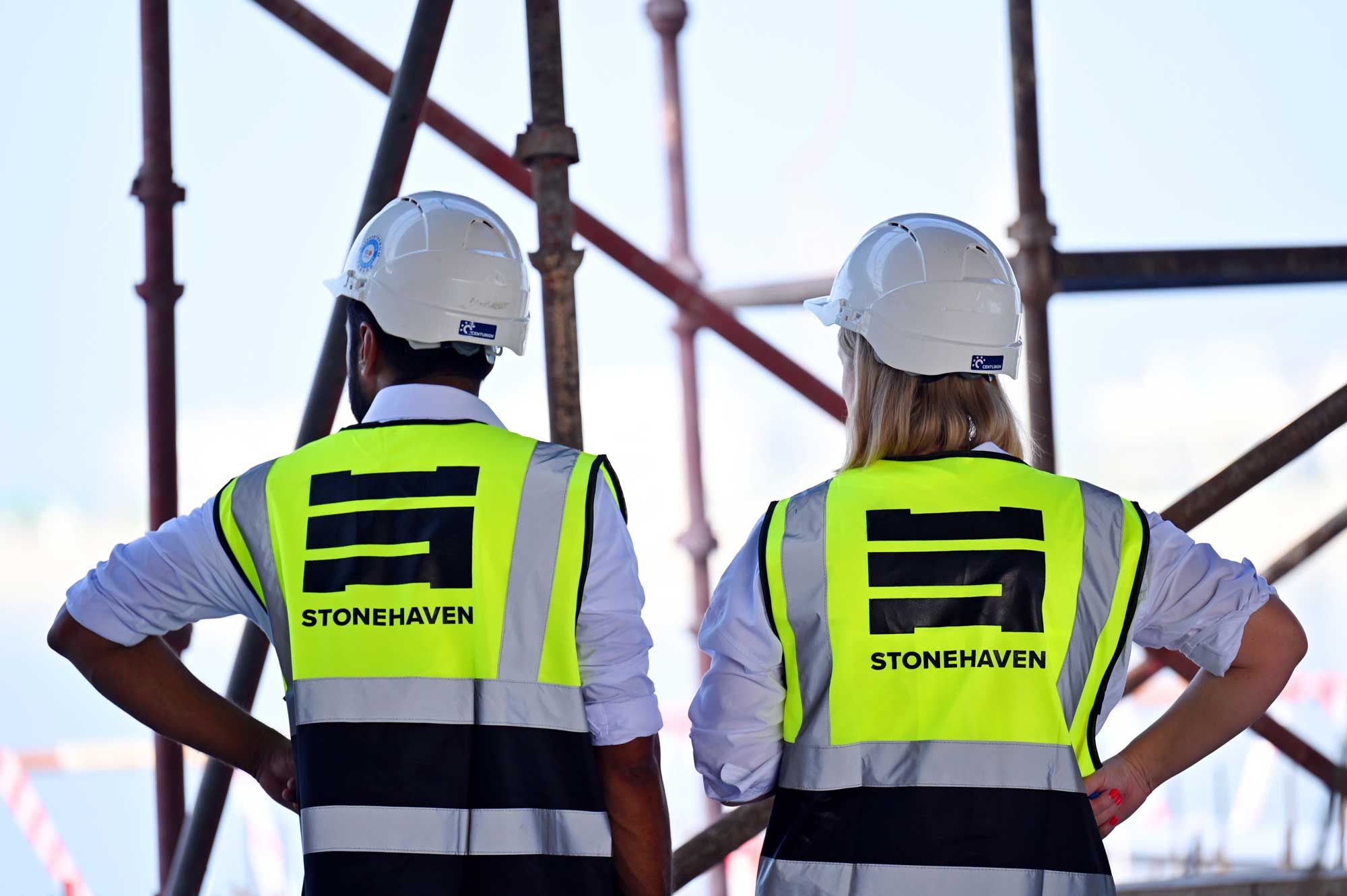Waterfront developments have become emblematic of modern urban aspiration. In Dubai, they are no longer fringe projects, they’re central to the city’s evolving masterplan.
New districts rise from reclaimed land, promising coastal tranquillity with metropolitan access. These projects don’t just sell property; they sell lifestyle, permanence, and the luxury of space.
But for all the renderings and rooftop infinity pools, a harder question lingers beneath the surface: what does it actually take to live by the water? And what does it take to build for the long haul?
Fantasy is easy. The delivery is not.
Everyone talks about the view and coastal environments introduce risks that inland developers rarely have to consider. Salt accelerates corrosion. Humidity warps materials. The line between land and sea is constantly negotiating with the elements. Every bolt, every beam, every buried cable has to contend with that.
And then there’s the water itself, not just the kind of serene blue you see in drone shots, but the kind that rises unexpectedly, floods low points, and tests your stormwater design on a Thursday afternoon in August.
These aren’t hypothetical concerns. They’re logistical realities. Elevating foundations. Reinforcing façades. Future-proofing hospitality infrastructure so that what you build today isn’t obsolete tomorrow.
Climate resilience isn’t sexy, but it should be.
Despite everything we know about rising sea levels, most waterfront master plans still prioritise the lifestyle image first—and the environmental response second. There's a hesitation to confront what resilience actually requires: not just LEED plaques or recycled wood finishes, but elevation, drainage strategy, and material science.
Responsible development in these zones isn’t about avoiding risk. It’s about understanding how risk lives in the soil and salt and sun—and planning accordingly.
In some parts of the world, this has prompted entirely new approaches to coastal urbanism. Sponge cities. Floodable parks. Elevation modelling baked into early design. In Dubai, these conversations are still emerging. But they need to move quickly if the city’s next waterfront wave is going to be as enduring as it is attractive.
The invisible cost of the view
There’s also the economic side of this equation, the part that shows up in spreadsheets rather than brochures. Marine-grade materials cost more. So do deeper foundations, corrosion-resistant HVAC systems, and drainage channels that run beneath landscaped boulevards.
These aren’t line items you can ignore. And yet, many projects do push costs downstream, letting future owners or operators absorb the impact. The result? Rising maintenance fees. Refit projects earlier than planned. Value erosion over time.
This is why early cost planning, benchmarking, and lifecycle analysis aren’t just technical exercises. They’re what determine whether a waterfront development is viable, or just temporarily glossy.
The myth of exclusivity
Another thing rarely discussed is who gets to live near the water—and who doesn’t. The waterfront has always been associated with exclusivity. But in the context of a growing city, is that a sustainable model?
The best new masterplans are asking a different question: how do you build coastal communities that include more than one income group? That blend luxury with function, tourism with daily life, and access with equity?
Mixed-use, mixed-income planning isn’t a concession. It’s a way to make these districts more alive—more than just places to visit or invest in, but places to stay, work, raise families, and build networks.
And in Dubai, where placemaking is often engineered from scratch, this type of thinking needs to start from day one. It can’t be retrofitted.
What we don’t talk about when we talk about “Lifestyle”
“Waterfront living” has become a shorthand for a certain type of aspiration. But what makes it truly liveable is less about aesthetics and more about systems that allow a neighbourhood to function long after launch day.
Drainage. Access. Walkability. Transport sectors. Utility load. Construction tolerances. Zoning compliance. Maintenance planning. All the things that don’t fit into an ad, but define the experience of being there over time.
And that’s where responsibility starts: with the people asking the questions others are skipping.
Working the intersection between ambition and structure
At Stonehaven, we’ve supported developers and planners in shaping waterfront environments that don’t just look good, but hold up over time.
Whether it’s aligning the project budget with marine-specific material benchmarks, coordinating infrastructure that won’t buckle under monsoon rain, or managing the procurement process so delivery matches the promise, we’re there to make sure the project doesn’t drift off course.
Because at the end of the day, waterfront living is not just about what you see. It’s about what you’ve planned for that no one else can.

